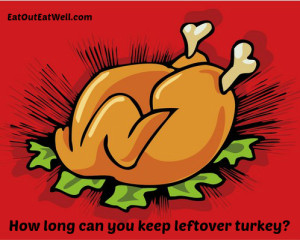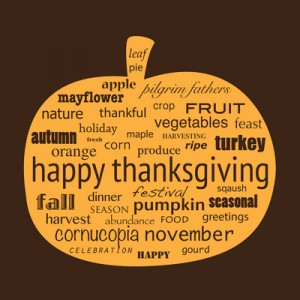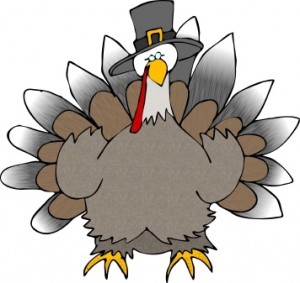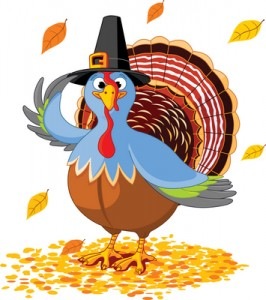Did you roast an 18 pound turkey? Maybe you roasted two smaller ones so you could have four drumsticks. Inevitably, most of us will have a whole lot of leftover turkey.
What do you do with all of that leftover bird? Is it alright to eat it after it’s been sitting out from the time it came out of the oven, through dinner, dessert, and two loads run through the dishwasher?
Once it’s in the fridge, how long can it stay there? Are you certain the leftovers are safe to eat?
Once Your Bird Is Cooked, Does It Matter How Long You Leave It Out?
Yes, yes, yes! According to the Centers for Disease Control the number of reported cases of food borne illness (food poisoning) increases during the holiday season. You shouldn’t leave food out for more than two hours. To save turkey leftovers, remove the stuffing from the cavity, cut the turkey off the bone, and refrigerate or freeze all leftovers.
The Basic Rules For Leftovers
According to the USDA the mantra is:
2 Hours–2 Inches–4 Days
- 2 Hours from oven to refrigerator: Refrigerate or freeze your leftovers within 2 hours of cooking. Throw them away if they are out longer than that.
- 2 Inches thick to cool it quick: Store your food at a shallow depth–about 2 inches–to speed chilling.
- 4 Days in the refrigerator–otherwise freeze it: Use your leftovers that are stored in the fridge within 4 days. The exceptions are stuffing and gravy. Both should be used within 2 days. Reheat solid leftovers to 165 degrees F and liquid leftovers to a rolling boil. Toss what you don’t finish.
How Long Can Leftover Turkey Stay In The Freezer?
Frozen leftover turkey, stuffing, and gravy should be used within one month.
To successfully freeze leftovers:
- package them properly using freezer wrap or freezer containers. Use heavy-duty aluminum foil, freezer paper, or freezer bags for best results and don’t leave any air space.
- Squeeze the excess air from the freezer bags and fill rigid freezer containers to the top with dry food. Without proper packaging, circulating air in the freezer can create freezer burn – those white dried-out patches on the surface of food that make it tough and tasteless.
- Leave a one-inch headspace in containers with liquid and half an inch in containers filled with semi-solids.




